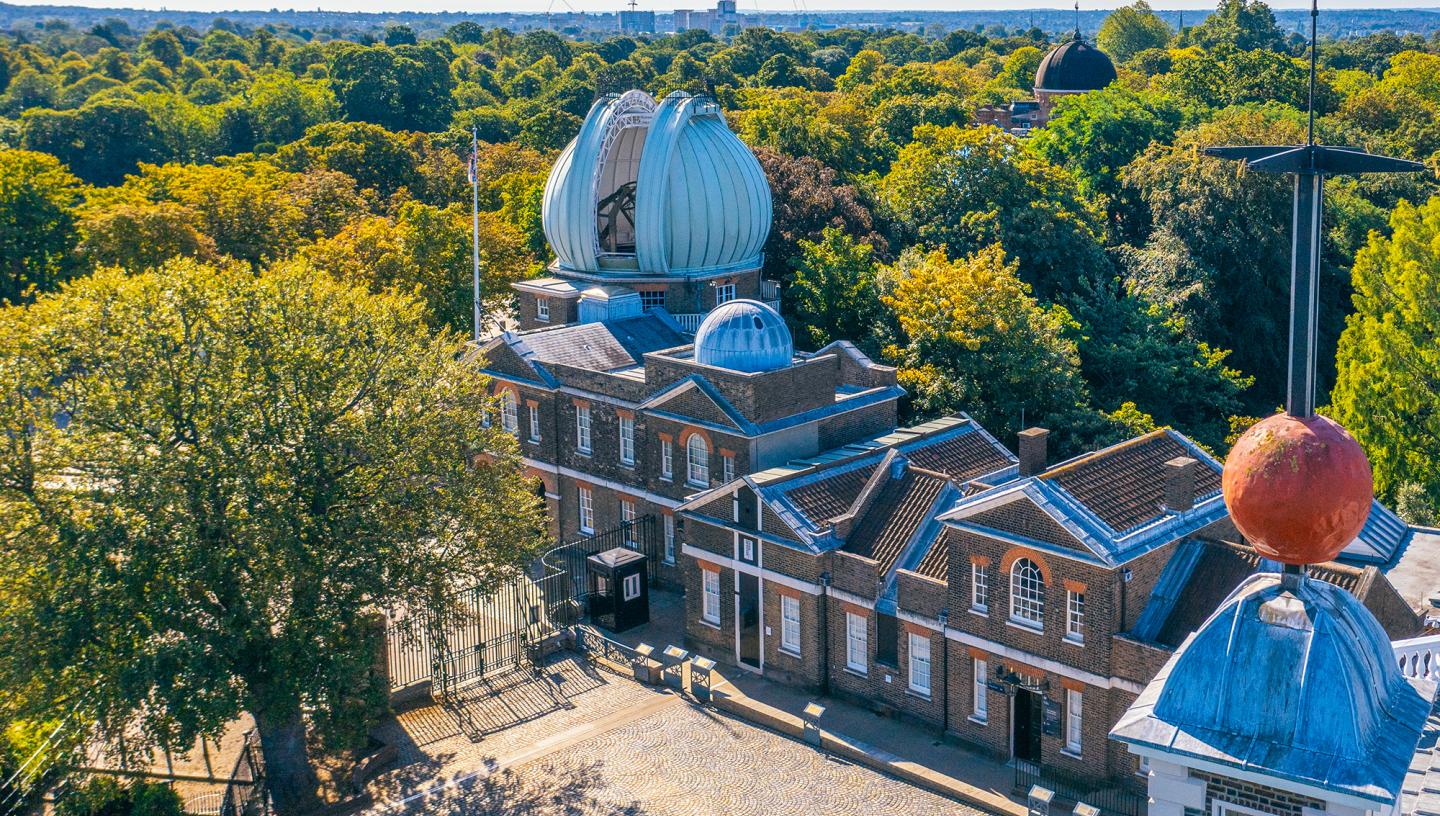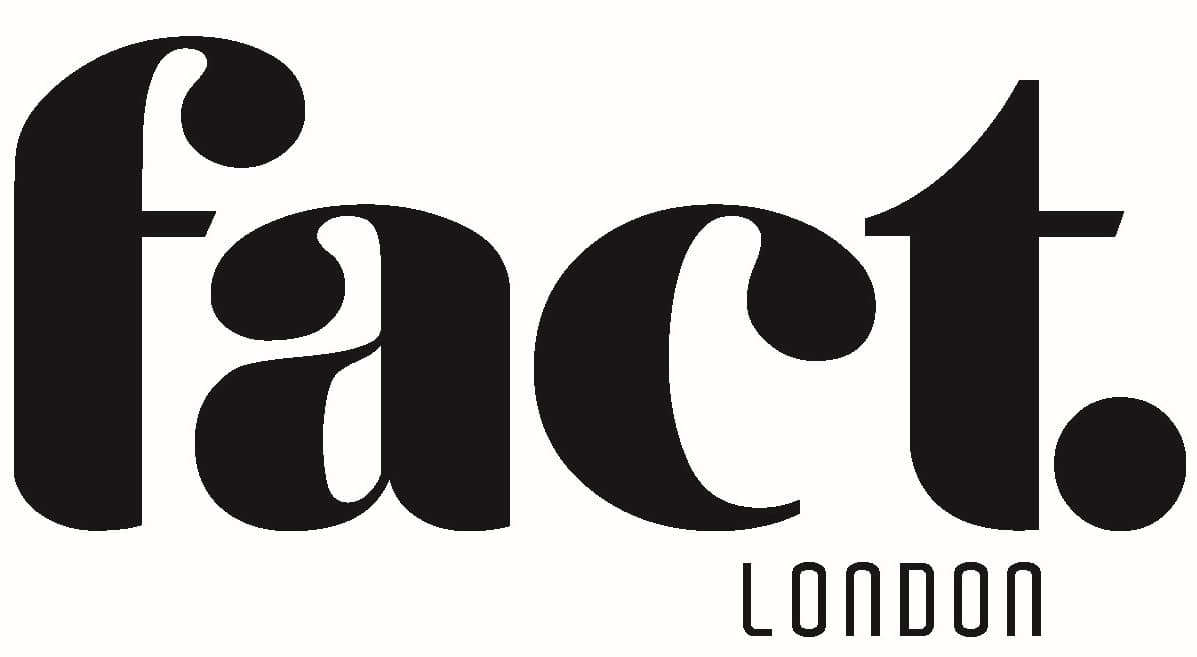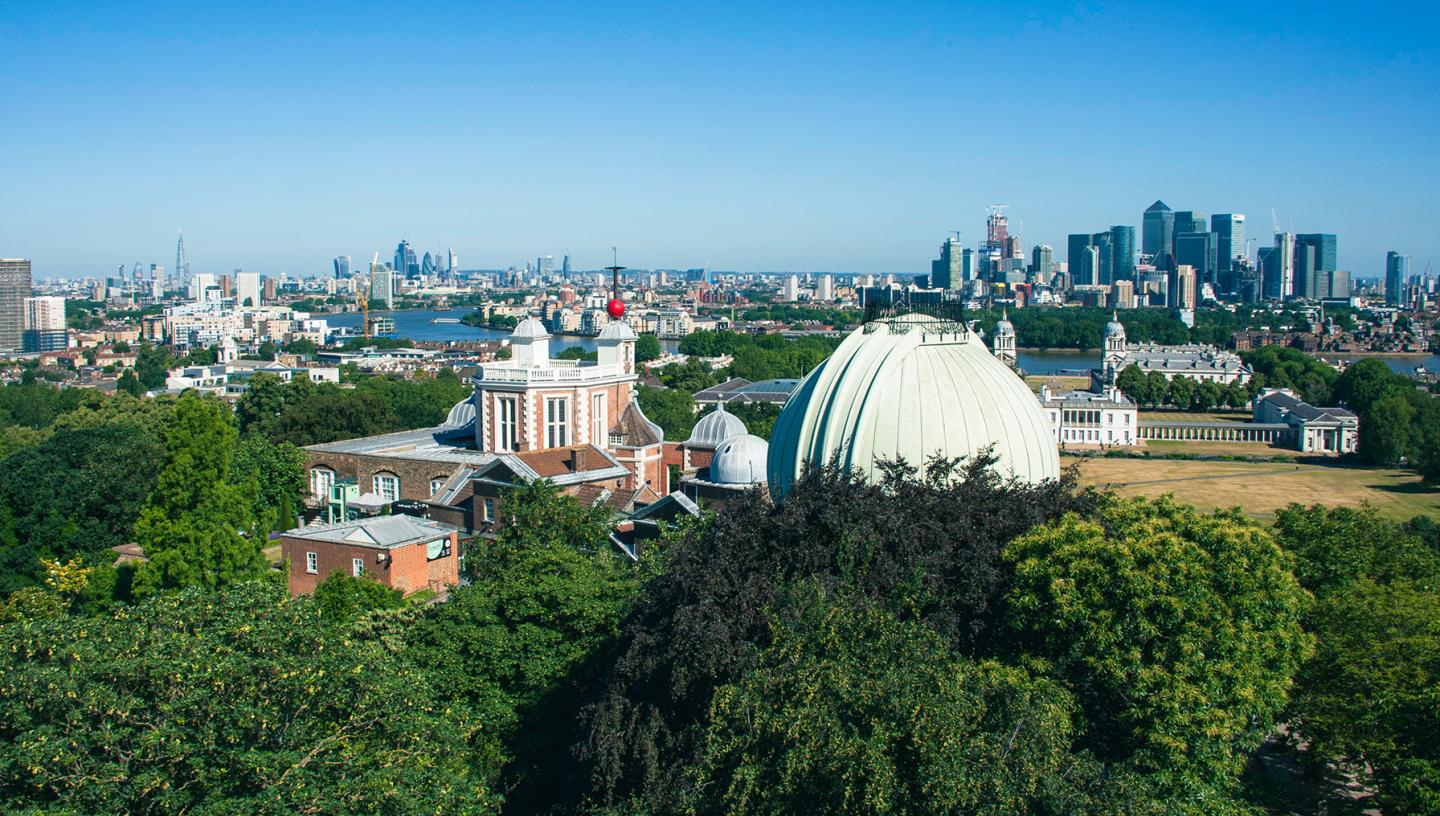A flashy facelift for the landmark as it celebrates 350 years of astronomical discovery.
One of Britain's most historic scientific landmarks is entering a bold new era. The Royal Observatory in Greenwich, home of Greenwich Mean Time and the Prime Meridian, is set to undergo a £77 million redevelopment as it marks its 350th anniversary this autumn.
Dubbed First Light, the ambitious project will break ground in September 2025, introducing a suite of contemporary upgrades designed to enhance both the visitor experience and accessibility. The overhaul will include new garden pathways, improved access to the Great Equatorial Telescope and Planetarium (including the addition of a lift tower), and a new entrance pavilion. A fresh series of interactive galleries, upgraded event and retail spaces, and a reimagined café area dubbed 'Astronomers Court' will also be introduced.

Currently, £50.5 million of the £77 million budget has been secured, with project completion expected by spring 2028. The transformation will be led by Jamie Fobert Architects, the firm behind the National Portrait Gallery's recent reinvention. Fobert and his team won a public competition in 2022 to take on the observatory's redesign.
Originally designed in 1675 by Sir Christopher Wren, the Royal Observatory has stood as a symbol of scientific progress for centuries. Now, with its landmark birthday as the backdrop, this reimagining aims to ensure its legacy continues for generations to come.
Paddy Rodgers, Chief Executive of Royal Museums Greenwich, explains: “Founded 350 years ago, the Royal Observatory Greenwich is Britain’s oldest purpose-built scientific institution. It is the birthplace of modern astronomy and the home of the Prime Meridian and Greenwich Mean Time.”
Meanwhile, Jamie Fobert Architects add: "Fascinated by the sextants, the telescopes, and other objects in the collection and how their makers, in the 18th century and 19th century, blended functionality with aesthetics, we conceived of the new building elements as ‘instruments of navigation’ to guide the visitor around the site. Unique to the Royal Observatory Greenwich, we are creating a memorable set of pavilions and stairs in bronze, which test the boundaries of what an astronomical language of architecture can be."
It's an ambitious, future-facing update that still pays homage to a place that helped the world find its bearings, quite literally.
GO: Visit rmg.co.uk/royal-observatory for more information.


